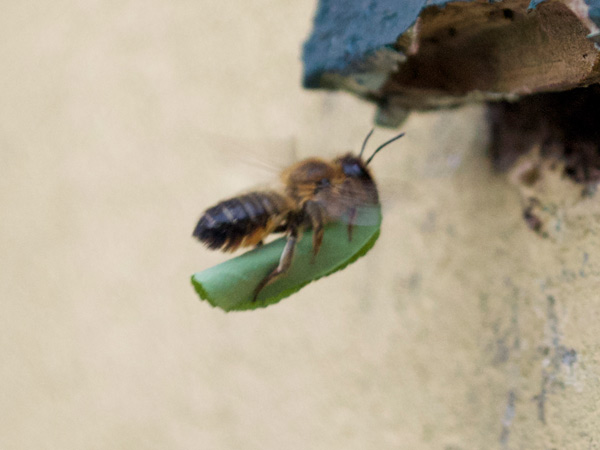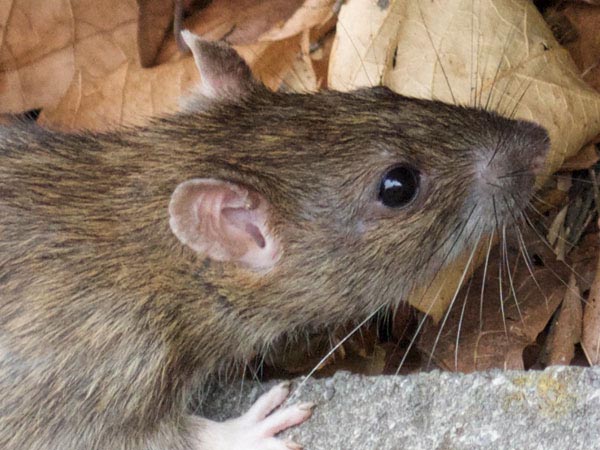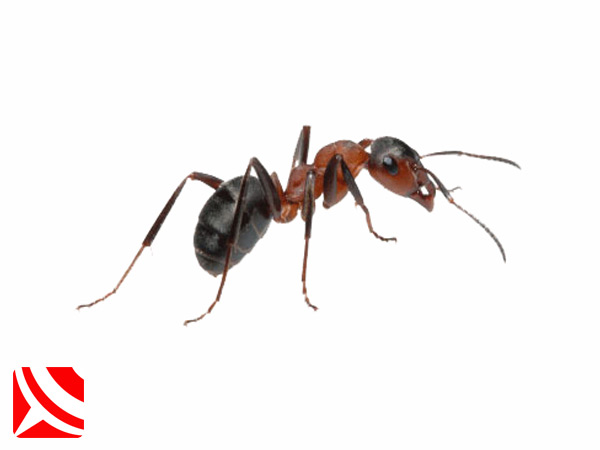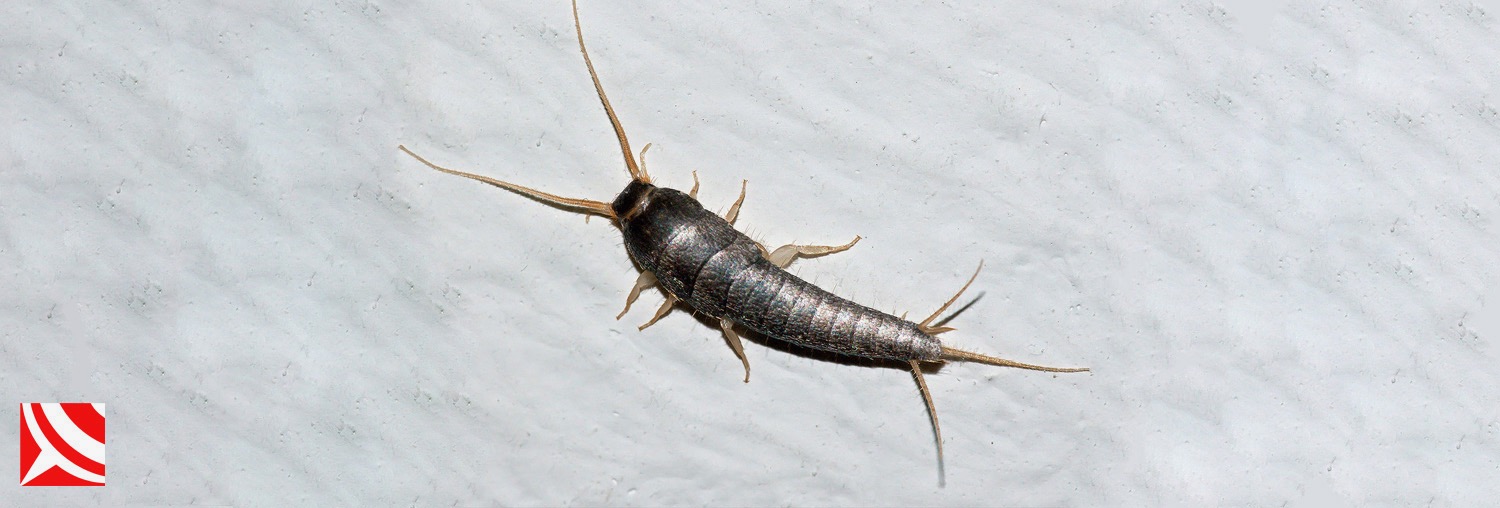Get Rid of Silverfish Today
Bristol Silverfish Control FAQs
What Are Silverfish?
Silverfish (Lepisma saccharina) are a common sight, especially in older properties.
The Silverfish belongs to a group of wingless insects called Bristletails that number around 600 species ranging from 15 - 25mm in size and as its common name suggests, it is silver and fish like in the way that it moves across a surface.
Silverfish might be seen as a nuisance pest, but we have come to appreciate over many years that Silverfish are often the signal that all is not well with your property and a warning sign that other destructive pests of economic and medical importance are in your home without you even realising it.
The Silverfish is often a warning because they feed on the waste of other animals, especially the droppings of rats, mice, and birds. Silverfish are there because the environment favors them. They need to feed, and you need to begin looking at what that source of food is.
Always get an expert pest inspection for your property, not just to control the Silverfish, but to establish what they are feeding on.
What Causes Silverfish?
The places you are most likely to see them are in drying rooms, bathrooms (especially under baths) and other areas where they like a mixture of warmth, high humidity, and low light.
What Do Silverfish Feed On?
These insects are very fast and secretive. The only time you tend to see them is when you turn on a light in a dark place and see them scurry away into the darkness of the nearest hiding place.
The Latin name of these insects hints at the diet these pests enjoy, which is primarily composed of carbohydrates like simple sugars, flour and other nutrient substances found in things like dandruff and hair. Silverfish are effective scavengers, and Silverfish should not be viewed as dangerous.
Can Silverfish Bite?
Reportedly no!
Are Silverfish & Bristletails Dangerous?
They are not dangerous, but in large numbers can cause losses of books and other paper products. These insects are a nuisance and not a danger.
How Are Silverfish Treatments Carried Out?
During the daytime, most Silverfish will be tucked away out of sight. What's needed is a residual insecticide.
Residual insecticides are designed to be waiting for insects not present at the time of treatment. The next essential ingredient is an insect growth regulator to prevent juvenile insects from maturing into adults capable of reproduction. These chemicals are applied as a spray.
You will need to be out of the treated area for at least two hours following treatment and you will not be able to walk on treated surfaces without footwear until the surfaces are completely dry which takes approximately 4 - 6 hours.
We are usually on site within hours or even faster if it is an emergency. We do charge a small inspection fee, but this is refundable against any treatment carried out.
How Quickly Can You Get To Us?
Our standard, same day Service for Silverfish elimination is always available, and for extra peace of mind our 24 Hour Emergency Pest Control Service operates 24/7 so help is never far away.
Call Our Local Bristol Number - 0117 303 5181
Related Pests

Identification / Control / Elimination

Netting / Cleaning / Removal

Proofing / Control / Elimination

Treatments / Solutions


